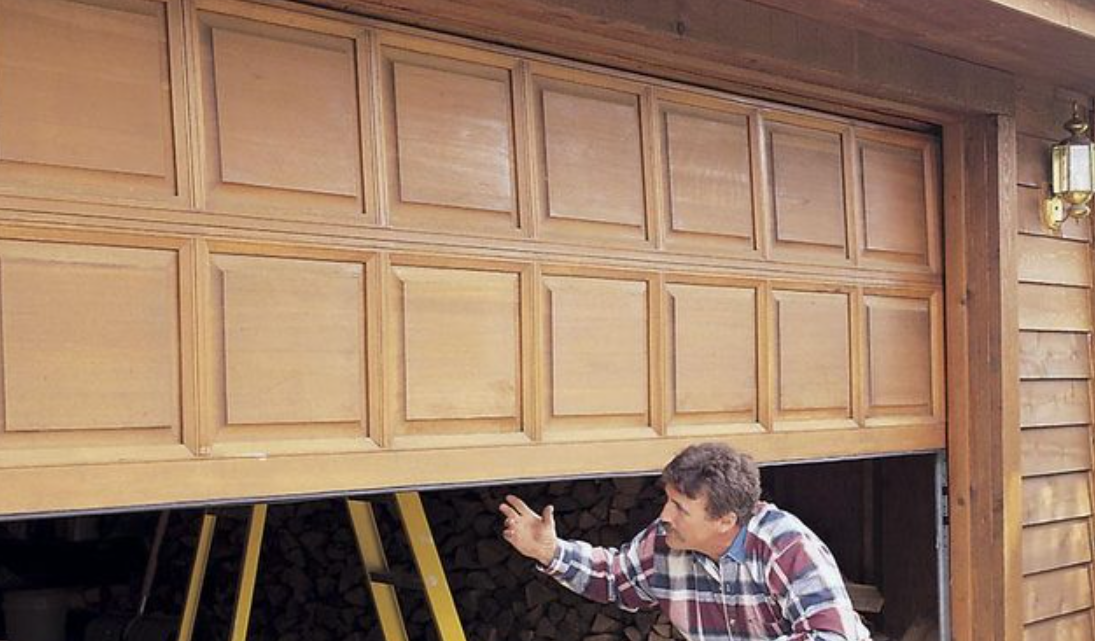The security and appearance of your home are significantly enhanced by your garage doors. They are hardly unnoticeable when they are operating properly. They can be a huge cause of annoyance when they are damaged or broken.
Knowing how your garage door is built will help you identify the best replacement components for your particular model when the time comes to fix or replace it.
The fundamental parts of garage doors regina are as follows:
Torsion Springs
The garage door is opened and closed using tension springs. The shaft of your garage door opener, to which they are linked, rotates as a result of the force these springs exert. Your garage door can cease functioning altogether, or it might not open or close properly, if a torsion spring fails. When these springs are placed, they are put under a lot of tension so they can lift large doors. How much strain is applied affects how much weight they can lift. The heavier the weight they can support the greater the tension, and vice versa.
Door Opener
A door opener is the motorized arm that raises and lowers your garage door. Since this thing is electrically operated, it's simpler for you to open and close your garage door without exerting any effort. Additionally, it contains sensors that enable it to recognize obstacles like big items or people blocking its path so that it won't unintentionally crush someone who approaches too closely. Another kind of opener is a chain drive system, which opens and closes your door mechanically by using metal chains rather than cables. However, if it breaks down, you might need to buy a new one or new parts to fix it.
Emergency Cord
When something goes wrong with your automatic opener, this cord functions as an emergency release (such as power loss). To open or close your door safely without endangering any electrical wiring or other components of your system, you must physically pull this rope.
Tracks and Rollers
The garage door travels along the tracks when it opens and closes. A number of materials, such as steel or aluminium, can be used to create them. The door moves freely without damaging your garage surface thanks to the rollers.
Tube Shaft
Your garage door's main support is the tube shaft. It connects to all of the other parts, such as the springs and rollers, and goes from one end of your garage door to the other. Steel that has been rolled into a tube shape serves as the material for the tube shaft.
The tube shaft is divided into two sections: the stationary section, which supports all of the other parts of the door and remains in place, and the moving section, which goes up and down throughout each cycle of opening and closing. When you close your garage door, the movable section slips into a track in the stationary section, preventing it from becoming unfastened or shifting during operation.
Conclusion
Although the parts of a garage door may look similar to those of other doors, there are several significant variations. The hardware must be robust and long-lasting, providing years of operation without the need for maintenance. The springs ensure a smooth transition between the closed and open positions while providing the force necessary to move a garage door with ease. Additionally, the rollers guarantee that the door moves freely, without sticking or slamming into the overhead frame, resulting in a smooth functioning in general.


